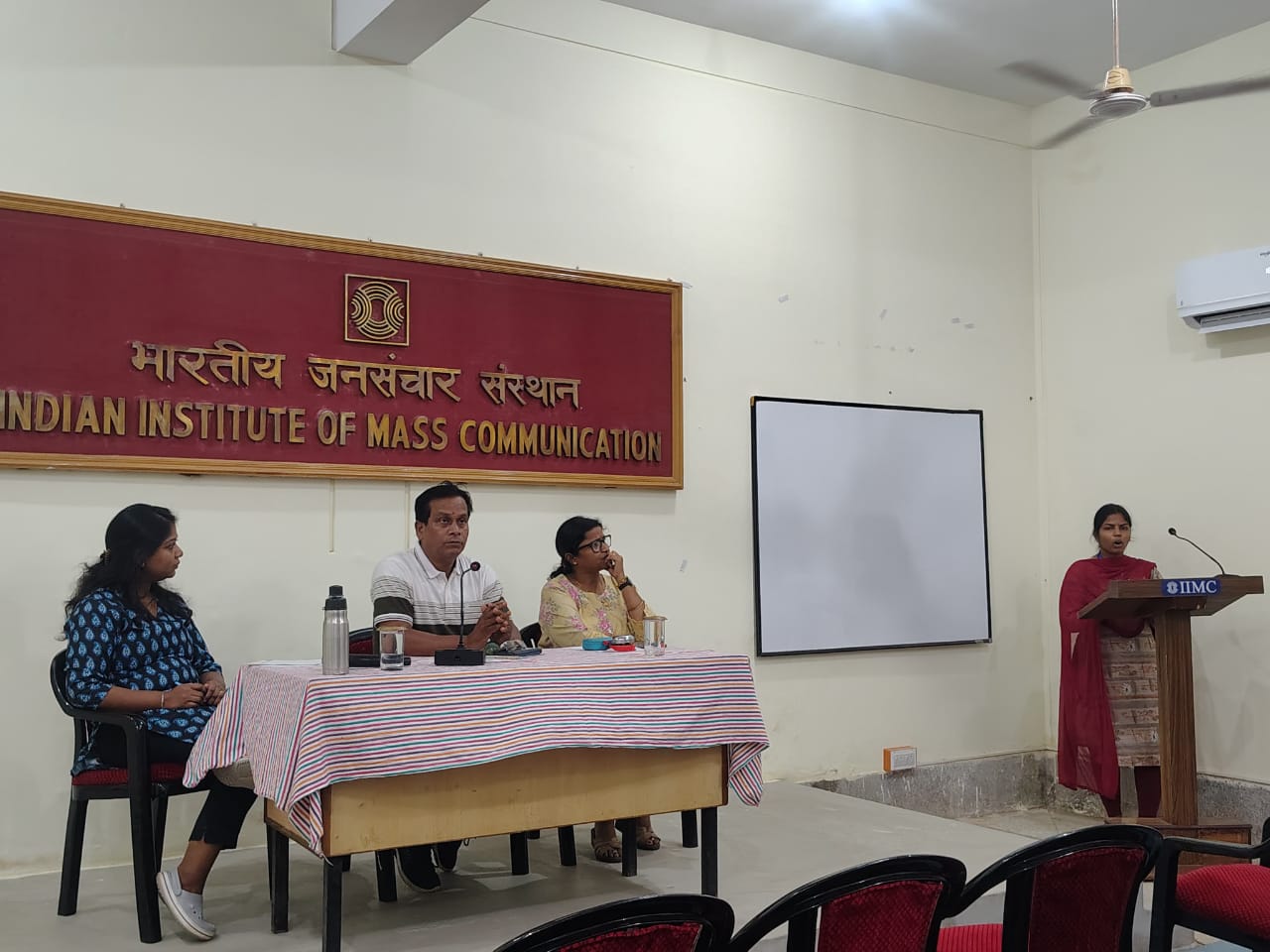
“Storm Watch: Latest Developments on Cyclone Remal.”
Cyclone Remal has recently made headlines as it swept across the Bay of Bengal, bringing with it significant weather disruptions and posing substantial challenges for the affected regions. This report delves into the latest updates on Cyclone Remal, its impact on the people of West Bengal and other states, and essential safety measures for those in the cyclone’s path.
Recent Updates on Cyclone Remal
Cyclone Remal, classified as a severe cyclonic storm, developed in the central Bay of Bengal and has moved towards the northeastern coast of India. As of the latest updates, Remal made landfall near the coastal town of Digha in West Bengal, bringing heavy rainfall, strong winds, and a significant storm surge.
According to the India Meteorological Department (IMD), Remal’s landfall brought wind speeds up to 120 km/h, with some gusts exceeding 130 km/h. The IMD has issued red alerts for several districts in West Bengal, Odisha, and the northeastern states, anticipating further rainfall and potential flooding in low-lying areas.
Impact on West Bengal and Neighboring States
West Bengal: The cyclone’s impact on West Bengal has been profound. Coastal districts like Purba Medinipur, South 24 Parganas, and North 24 Parganas have seen up to 300 mm of rainfall in 24 hours, leading to widespread flooding. Over 100,000 people have been evacuated to safer locations, and many areas are experiencing prolonged power outages and severe waterlogging. The state’s agricultural sector has suffered significant losses, with vast tracts of farmland inundated.

“Stay Alert: Remal Cyclone’s Current Status and Safety Measures.”
Local resident Anjali Das, who was evacuated to a shelter in Digha, recounted, “The water rose so quickly; we barely had time to gather our belongings. The shelter is crowded, but at least we are safe.”
Odisha: In Odisha, districts such as Balasore, Bhadrak, and Kendrapara faced torrential rains and gale-force winds. The cyclone caused substantial damage to crops, with initial estimates suggesting losses of up to ₹500 crores. The Odisha government has mobilized over 200 disaster response teams and set up more than 300 relief camps to assist those affected.
Northeastern States: Cyclone Remal’s influence extended to northeastern states like Assam and Meghalaya, where heavy rains triggered landslides and flash floods. In Assam, several districts reported damage to roads and bridges, complicating rescue and relief operations. The Brahmaputra river has swelled, posing a threat to nearby communities.
Safety Measures for People in Affected Areas
In light of the devastation caused by Cyclone Remal, it is crucial for residents in the affected regions to adhere to safety protocols and remain vigilant. Here are some essential safety measures:
1. Evacuation and Shelter:
– Follow local government advisories and evacuate promptly when instructed.
– Move to higher ground or designated cyclone shelters to avoid floodwaters.
2. Emergency Kits:
– Prepare an emergency kit containing essential items such as water, non-perishable food, medications, first aid supplies, flashlights, batteries, and important documents.
3. Home Safety:
– Secure your home by boarding up windows and doors. Remove any outdoor items that could become projectiles in high winds.
– Disconnect electrical appliances to prevent electrical shocks or fires.
4. Communication:
– Stay informed through reliable news sources and weather updates. Use battery-powered radios if power outages occur.
– Keep mobile phones charged and have backup power sources like portable chargers.
5. During the Cyclone:
– Stay indoors and away from windows. Seek shelter in a small, windowless room or a hallway on the lowest level of your home.
– Avoid using electrical appliances and landline telephones during the storm to reduce the risk of electrocution.
6. Post-Cyclone Precautions:
– Wait for official announcements before venturing outside. Hazards such as downed power lines, weakened structures, and floodwaters can pose serious risks.
– Check for gas leaks, electrical issues, and structural damage before re-entering your home.
– Report any dangerous conditions to local authorities and cooperate with disaster response teams.
Cyclone Remal has underscored the vulnerability of coastal and low-lying regions to severe weather events. While the immediate priority is to ensure the safety and well-being of affected populations, long-term strategies must focus on enhancing disaster preparedness and resilience. By adhering to safety measures and remaining informed, communities can mitigate the impact of such natural disasters and recover more swiftly. The collective efforts of government agencies, relief organizations, and citizens are crucial in navigating the aftermath of Cyclone Remal and rebuilding stronger, more resilient communities.

“Remal Approaches: What You Need To Know Now.”




